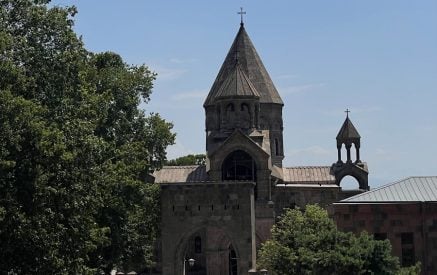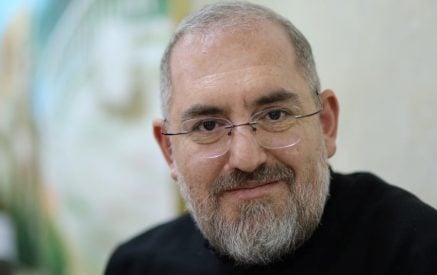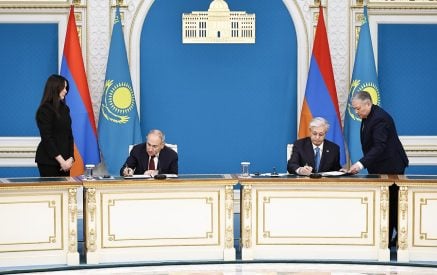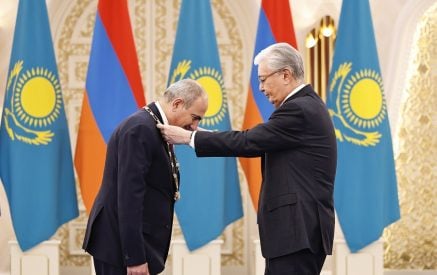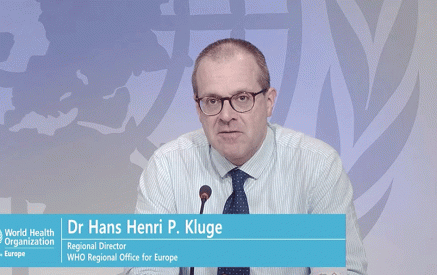Today, every single country in Europe and Central Asia is facing a real threat of COVID-19 resurgence or already fighting it. The current pace of transmission across the 53 countries of the European Region, is of grave concern. COVID-19 cases are once again approaching record levels – with the more transmissible Delta variant continuing to dominate transmission across Europe and Central Asia.
Last week, with nearly 1.8 million new cases and 24,000 new deaths reported, Europe and Central Asia saw a 6% increase and 12% increase, respectively, as compared to the previous week. Over the past four weeks, Europe has seen a greater than 55% increase in new COVID-19 cases.
Last week, Europe and Central Asia accounted for 59% of all cases globally and 48% of reported deaths. Cumulatively, there are now more reported cases – 78 million – in the European Region, than in South-East Asia, the Eastern Mediterranean, the Western Pacific, and Africa – combined.
We are, once again, at the epicenter.
Read also
We see increasing trends across all age groups, of most concern is the rapid increase in the older population groups, since week 38, and this is translating into more people with severe disease and dying. Currently 75% of fatal cases are in persons aged 65 years and above.
Hospitalization admission rates due to COVID-19 more than doubled in one week, based on WHO/Europe’s latest data.
According to one reliable projection, if we stay on this trajectory, we could see another half a million COVID-19 deaths in Europe and Central Asia by the first of February next year – and 43 countries in our region will face high to extreme stress on hospital beds at some point during the same period.
So why has Europe and Central Asia been experiencing soaring cases for four consecutive weeks? There are two reasons:
First, insufficient vaccination coverage and second, the relaxation of public health and social measures.
Vaccines continue to save thousands upon thousands of lives
Despite near-record COVID-19 cases, new deaths are at approximately half the peak levels. This reflects the life-saving effects of vaccines and the Herculean task of health authorities, health workforce and communities to develop, administer and accept vaccines. One billion doses have now been administered in Europe and Central Asia.
Countries of Europe and Central Asia are, however, at various stages of vaccination roll-out. On average, only 47% of people have completed a full vaccination series. While eight countries have now exceeded 70% coverage, in two, the rate remains below 10%.
Where vaccine uptake is low, in many countries in the Baltics, Central and Eastern Europe and the Balkans, hospital admission rates are high.
This variation in vaccination coverage reflects several issues around immunization service delivery as well as a lack of trust and/or complacency by some population groups. It’s imperative that authorities invest all efforts to accelerate the pace of vaccination roll-out.
We need to make sure countries with low vaccine coverage among priority groups increase their coverage. Authorities are encouraged to offer an additional dose to moderately and severely immunocompromised people, 1-3 months after they complete the primary vaccination series and to consider offering an additional dose of COVID-19 vaccines to all people over the age of 60.
In addition, I continue to urge countries to show global solidarity through the sharing of doses.
Hospitalization rates in countries with low vaccine uptake are markedly higher and rising more quickly than in those with higher uptake.
Most people hospitalized and dying from COVID-19 today, are not fully vaccinated.
The vaccines are indeed doing what they were intended to do – preventing severe illness and death.
Relaxing of public health and social measures
Vaccines are our most powerful asset if used alongside other tools.
Reliable projections show that if we achieved 95% universal mask use in Europe and Central Asia – we could save up to 188,000 lives from the half a million lives we may lose before February 2022. Testing, contact tracing, ventilation in indoor spaces and physical distancing, remain part of our arsenal of defenses next to the rapid, fair and generalized uptake of vaccines by everyone eligible.
These are tried and tested measures that enable lives to continue, while controlling the virus and avoiding widespread, damaging lockdowns.
We must change our tactics, from reacting to surges of COVID-19, to preventing them from happening in the first place.
In the situation Europe and Central Asia finds itself today, I am encouraged to see, over the past two weeks, 23 countries responsibly strengthen social measures, but I am also concerned that 7 have eased-up. Measures should be commensurate with the local epidemiology but with a widespread resurgence of COVID-19 I am asking every health authority to carefully re-consider easing or lifting of measures at this very moment.
Preventive measures, when applied correctly and consistently – allow us to go on with our lives, not the opposite. Preventive measures do not deprive people of their freedom, they ensure it. In other words, the best way to avoid lockdowns – which is an absolute last resort – is to apply such measures and keep COVID-19 transmission low.
As we enter the flu season, we face the prospect of both influenza and COVID-19 circulating. The same preventive measures work against both viruses, and we have effective and safe vaccines for both.
We are at another critical point of pandemic resurgence. Europe is back at the epicenter of the pandemic – where we were one year ago. The difference today is that we know more and we can do more – we have more tools and means to mitigate and reduce the damage to our communities and society.
The current situation and alarming short-term projections should trigger us to act.
Ultimately, we are only getting out of this pandemic if politicians, scientists and the public work together.
We need to stay cautious, act early on any change and stay ahead of the virus.
Thank you.
















